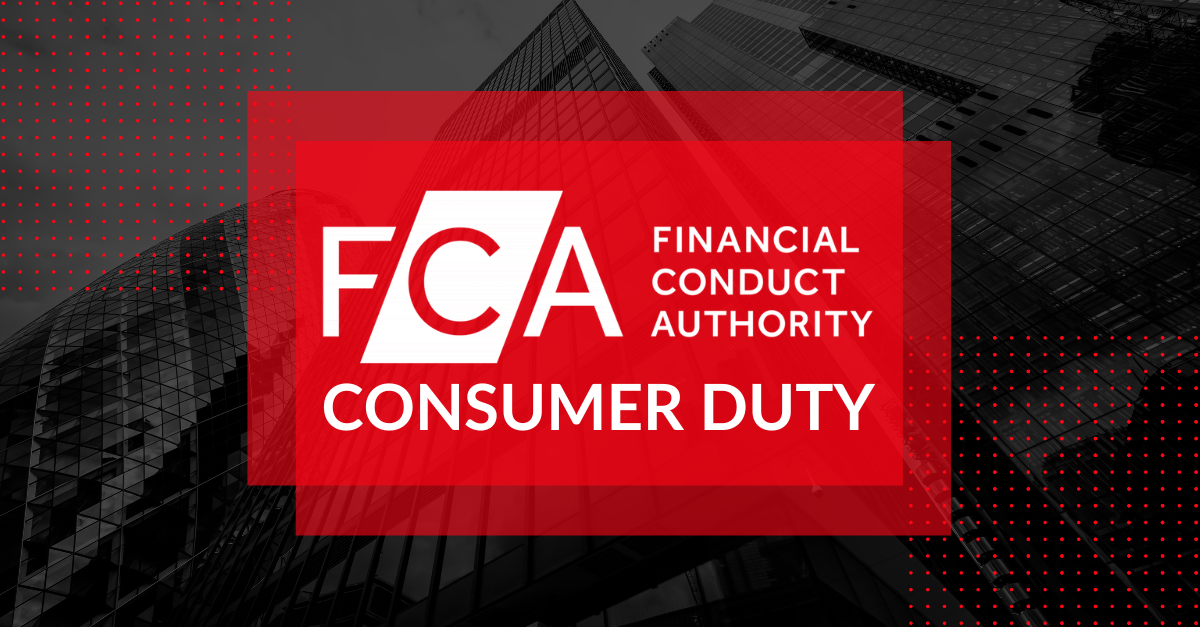The largest quality management challenges in the call centre
The largest quality management challenges in the call centre

There is no shortage of tools on the market that can help drive new QM efficiencies into the call centre. But without the right strategy and a deep understanding of the business goals to be served by the program, these tools will often fall short of their intended objectives. Before a call centre can achieve the QM program it envisions, it is important to first assess existing call centre QM practises—taking careful note of the specific areas where it is excelling and where room for improvement still exists.
Here are some of the largest challenges that quality management specialists face within a call centre, based on interactions collected from customer outreach.
1. QA IS LOW ON THE PRIORITY LIST
This only happens if you haven’t done your homework and due diligence when putting together your quality program. If you are thinking of the customer first when building out your quality program and pulling in the right business units and stakeholders, this shouldn’t be a challenge—especially in today’s world where customer experience is so important.
If it does become a problem, you need to re-evaluate your program. Make sure you have buy-in all the way up from executive level management and that your quality goals are closely aligned to the goals of the company.
If you’re monitoring, evaluating and measuring the right metrics and KPIs, quality assurance will always be seen as an important process that’s necessary for the success of the business.
2. NOT ENOUGH TIME TO ANALYSE DATA
With so much data being generated from many different systems, it can be overwhelming. Sometimes contact centres gather data from many different systems due to structural issues or because organisational growth has resulted in multiple systems. Often times, these systems are siloed and don’t talk to each other, forcing the analyst to manually compile the information.
Anything you can do to minimise those data silos, automate the reporting process and make reports accessible to all will ensure that your data is driving—and not hindering—productivity.
3. UNSKILLED OR INCONSISTENT EVALUATORS
It’s important to have consistency in how you monitor your agents. It’s also important to remember that quality isn’t a one-and-done process. A Quality Assurance (QA) team should continually evaluate the program and make changes when appropriate.
This starts with hiring the right people and taking the time to properly train them. Creating and maintaining a Quality Standards Definition Document (QSDD) and routinely holding calibration sessions can also help build a successful program.
4. NOT EVALUATING FREQUENTLY ENOUGH
The simple fact is that most companies aren’t assessing enough of their calls for quality. In fact, most contact centres only evaluate 1-2% of the calls they receive—not nearly enough to give them a clear understanding of the breadth of challenges their professionals face.
When you’re looking to improve performance in your contact centre, it’s important to ensure you’re evaluating enough calls each month to produce a statistically significant sample size. This is a significant challenge for most contact centres, as increasing agent evaluations means increasing the number of people assigned to evaluate them.
This is also where targeted evaluations and tools like analytics can help automate the quality process and keep it focused on evaluating the most relevant contacts.
5. NOT ENOUGH TIME TO COACH AND TRAIN AGENTS
Supervisors and managers know that consistent coaching has a direct impact on agent performance. Coaching and training are key to ensuring that agents stay motivated and engaged. Yet finding the time to proactively coach and train agents—while juggling all the normal day-to-day duties—is a challenge for most contact centres.
Finding time for formal coaching sessions can be challenging. However, by scheduling time with your agents on a consistent basis—and sticking to those sessions—the supervisor and the agent will start to reap the benefits.
Additionally, real-time, in-the-moment coaching and feedback opportunities are just as important as formal coaching sessions. Take advantage of real-time feedback or follow-up with a note when you catch your agents doing something right to reinforce positive behavior.
Make time for agents to conduct self-coaching and training by allowing them to score several of their own calls each week and calibrate with their peers or a coach. Consider creating a best practice call library that agents can replay to better understand what makes a good customer interaction.
With the right tools in place—each one serving the overall QM strategy—call centres are empowered to deliver unparalleled support to customers in every interaction. Learn more about how to strengthen your quality management processes.






